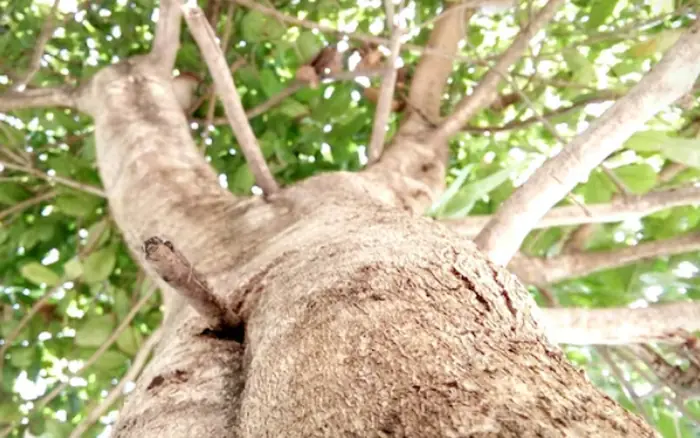
Beware! Plants and garden items that attract snakes that many people don't know about
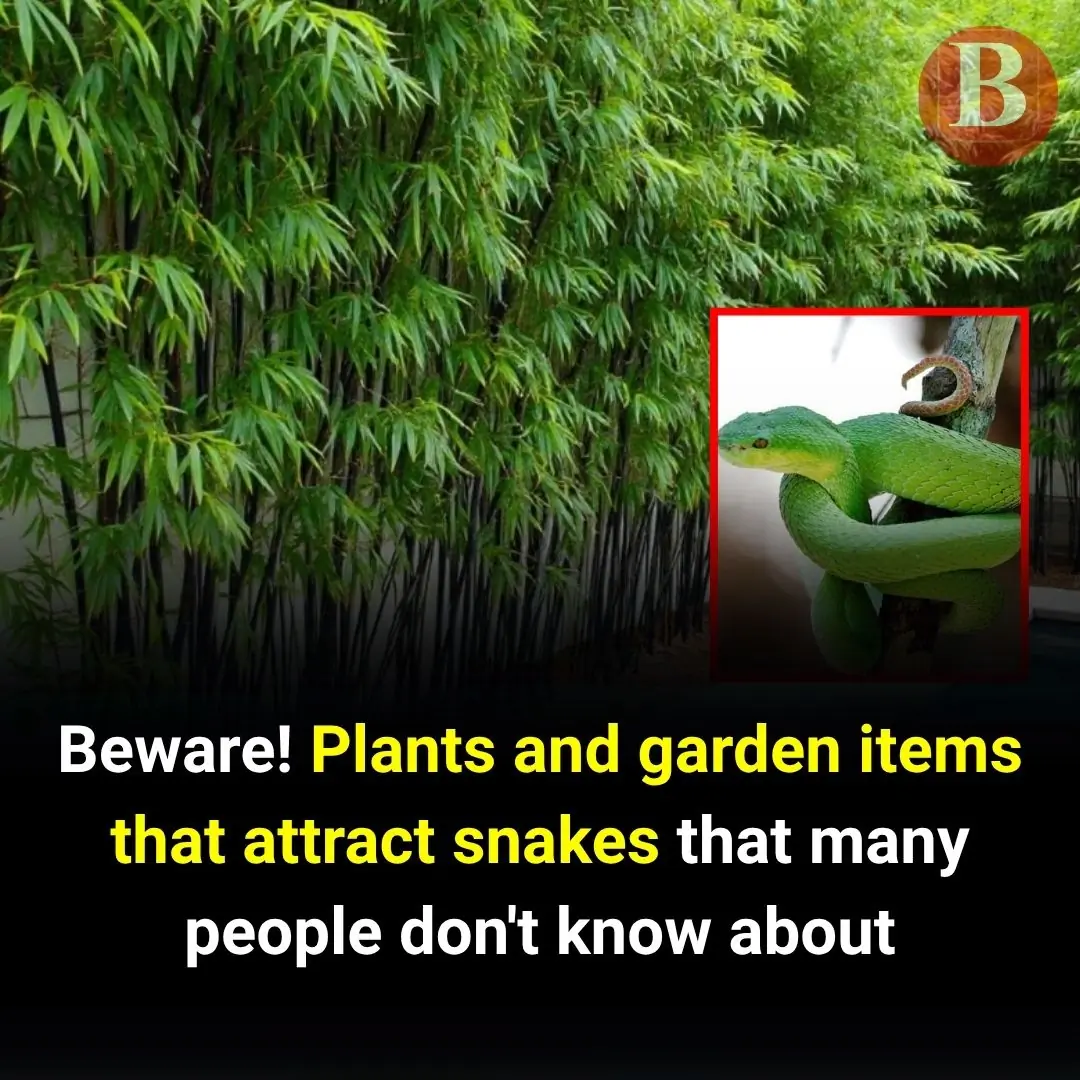
Caution! Common Plants and Garden Items That May Attract Snakes Without You Knowing
While many people love decorating their gardens with lush greenery, few realize that certain plant choices and arrangements may inadvertently create the perfect habitat for snakes. Snakes are excellent at hiding and rarely appear during the day, but once they take up residence in your garden, they pose serious risks.
Below are common garden plants and items that unintentionally become a "castle" for snakes:
Examples:
-
Cogon grass, pampas grass, Japanese grass
-
Bamboo palms, snake plants, sago palms
Why: These plants create shaded, moist, and cluttered environments ideal for snakes to hide. In many cases, snakes take cover in tall dry grass and only emerge at night to hunt.
Recommendation: Regularly trim grass and avoid letting it grow too tall around your home.
Examples:
-
Banana plants
-
Canna lilies, taro, ornamental colocasia
Why: These plants provide dark, moist areas that are attractive to small snakes or those that thrive in humid conditions. Banana plants, especially when densely grown, are particularly hard to monitor.
Recommendation: Plant banana trees far from your house and avoid placing them close to walls or walkways.
Examples:
-
Cactus
-
Bougainvillea (especially when it forms dense bushes)
-
Raspberry bushes, climbing thorny vines
Why: Snakes are drawn to tight, concealed spaces where they can hide from predators or ambush prey. Thorny plants are rarely disturbed by people or animals, making them ideal hiding spots.
Recommendation: Avoid planting these near walkways or areas where children and pets play.
Examples:
-
Piles of bricks, rotting wood, dry leaves
-
Upside-down old flower pots
-
Forgotten buckets, bins, or corrugated sheets
-
Straw heaps or compost piles
Why: Unattended items can create dark, damp pockets where snakes hide or even nest. They typically prefer quiet, undisturbed places.
Recommendation: Regularly clean up the garden, remove unused items, and keep containers sealed or elevated.
Examples:
-
Under stairs leading into the house
-
Wall cracks or moist corners
-
Poorly drained gutters or ditches
Why: Moist environments and loose soil provide ideal conditions for snakes and rodents. With ample food and shelter, snakes are likely to stay long-term.
Recommendation: Seal wall cracks, fix drainage issues, and avoid leaving piles of rocks or rubble near the house.
-
Avoid planting dense or wide-canopy species near living areas.
-
Regularly clean, trim, and declutter your garden.
-
Consider planting snake-repelling plants like lemongrass, mugwort, or basil.
-
If you spot a snake, do not attempt to handle it yourself—contact a professional team.
Gardening brings relaxation and numerous benefits, but it’s important to be mindful when choosing and arranging plants. The goal is to avoid creating an environment that could attract snakes or other dangerous creatures. Always prioritize the safety of your family!
News in the same category

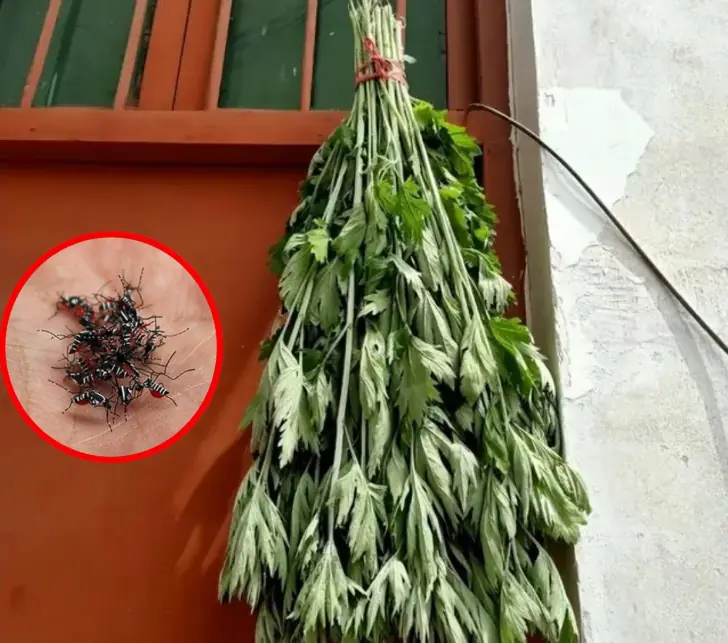
Just hang a handful of these leaves in front of your door - flies and mosquitoes will disappear
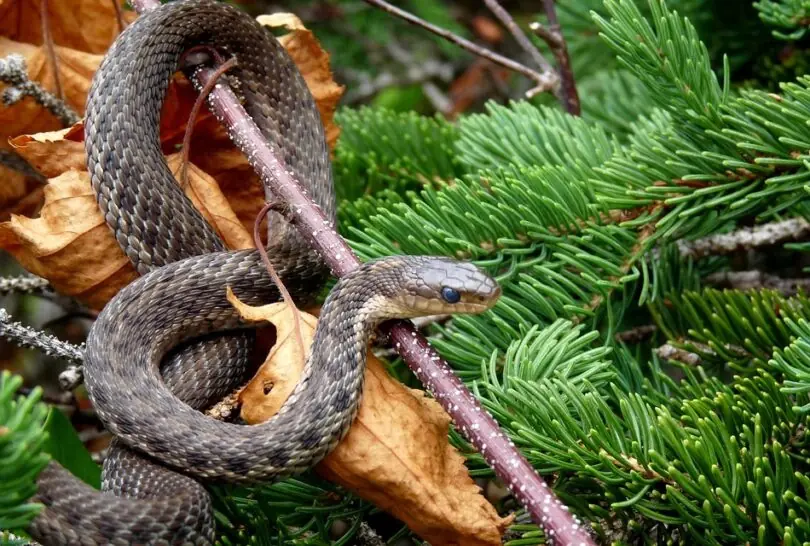
8 types of plants that attract snakes into the house
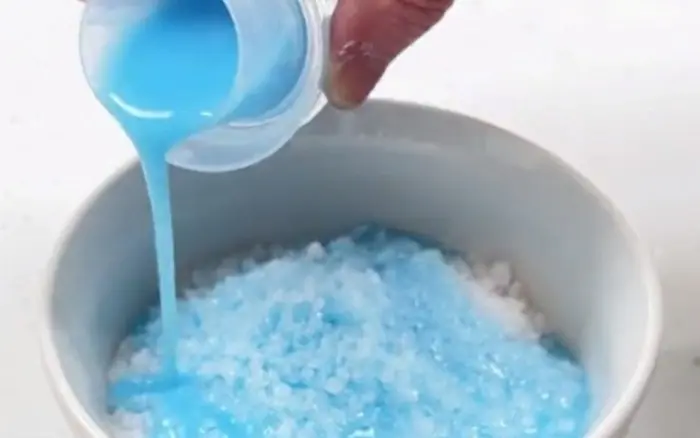
Mixing fabric softener with salt: Great use to solve household problems
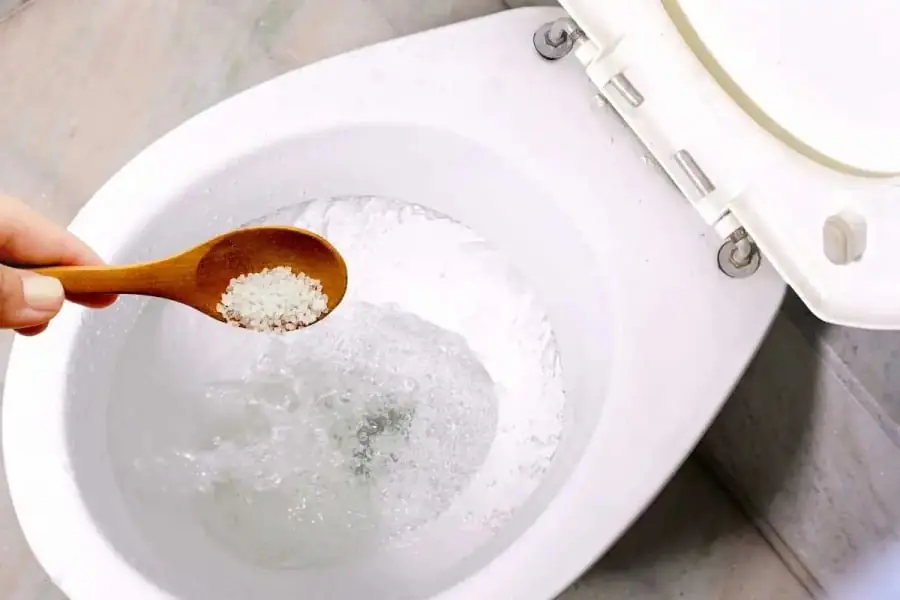
Pour Salt into the Toilet: The Surprising Benefits Every Home Needs
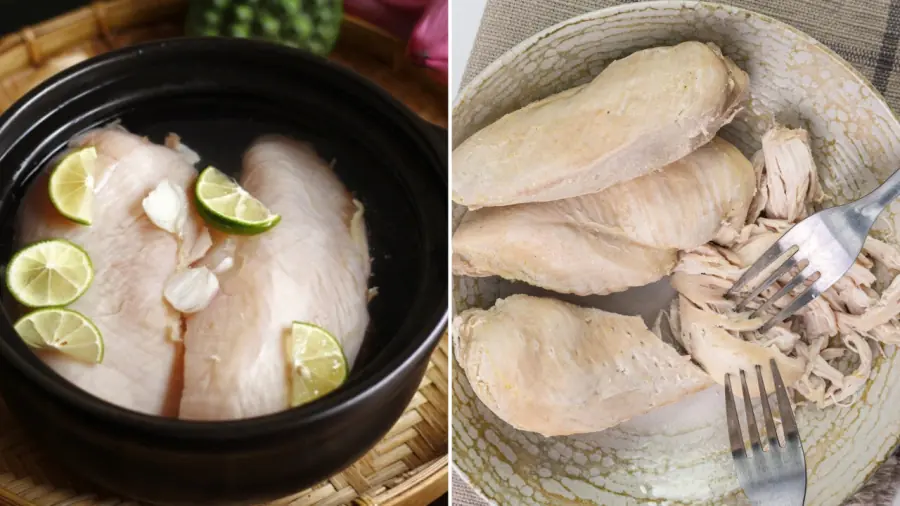
Do This Extra Step Before Boiling Chicken Breast for Juicy, Tender, and Not-Dry Results

In Autumn, Eat These 3 Lu.ng-Nourishing Dishes Regularly to Prevent Cough and Thr.oat Irritation
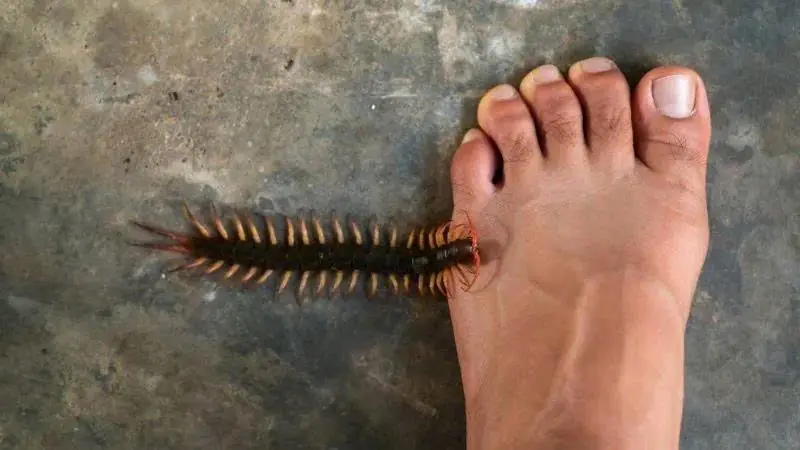
Reasons you should not ki.ll millipedes
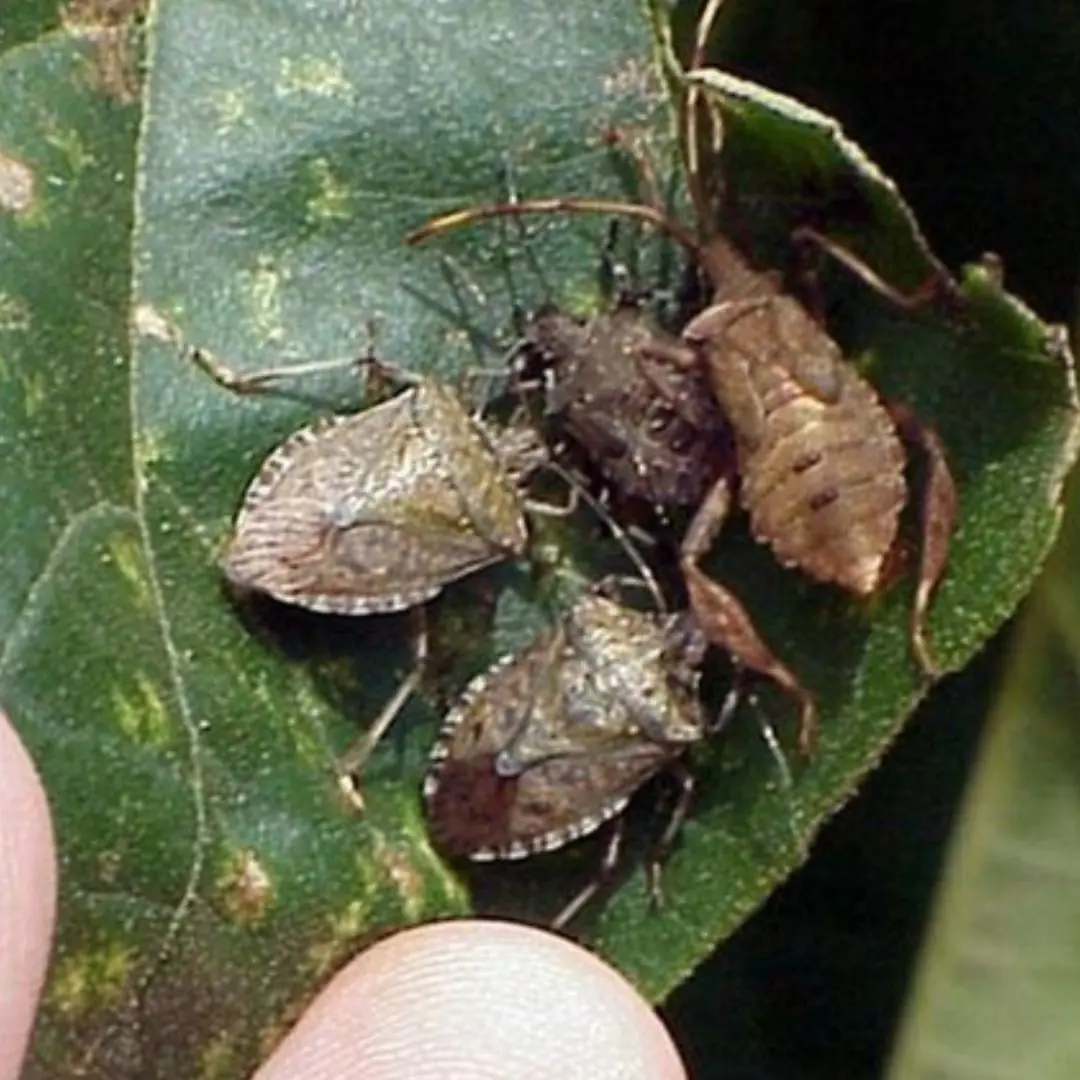
When A Brown Bug Like This Appears In Your Yard, Immediate Action Is Required
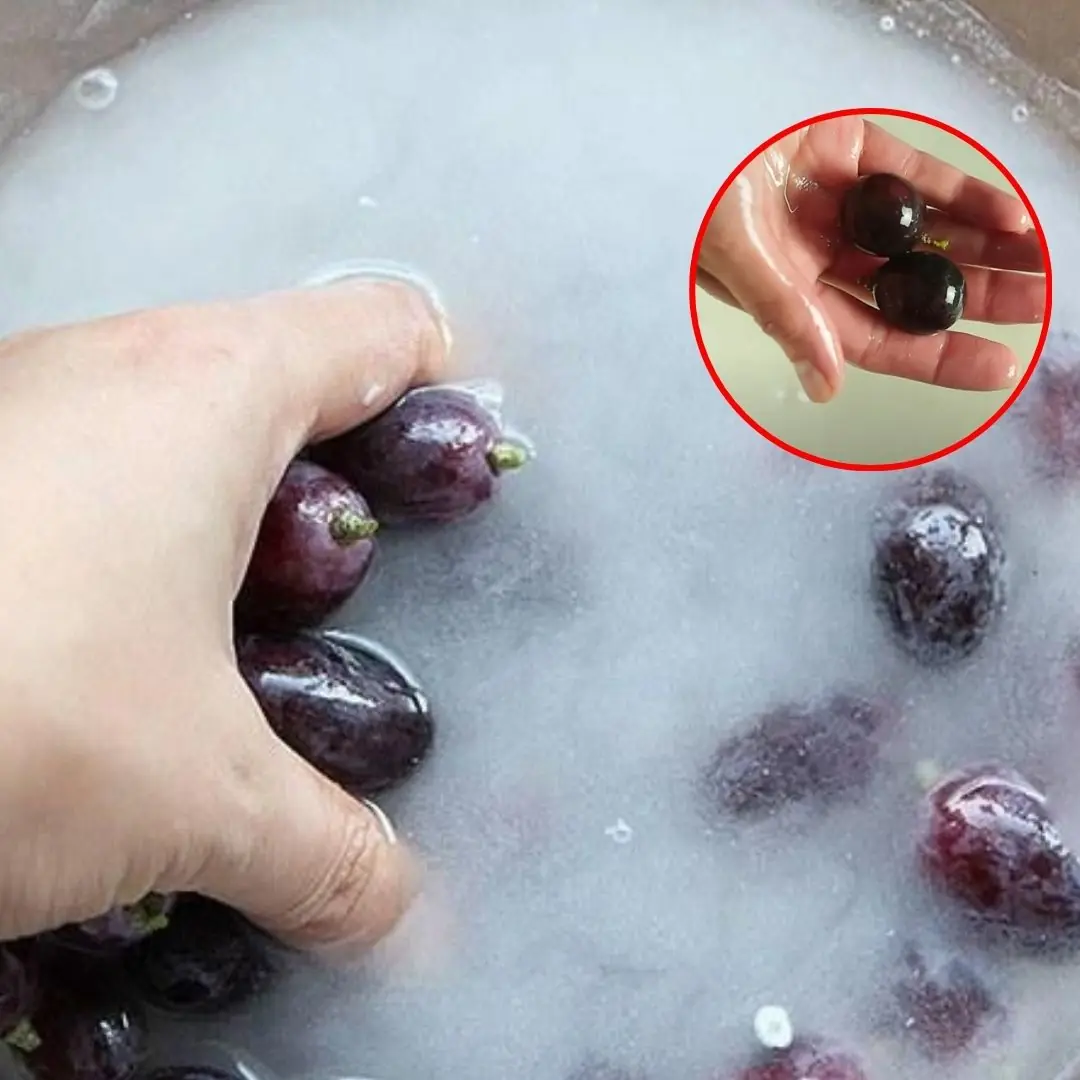
Tips for washing grapes to remove dirt and worm eggs, and to safely eat the skin
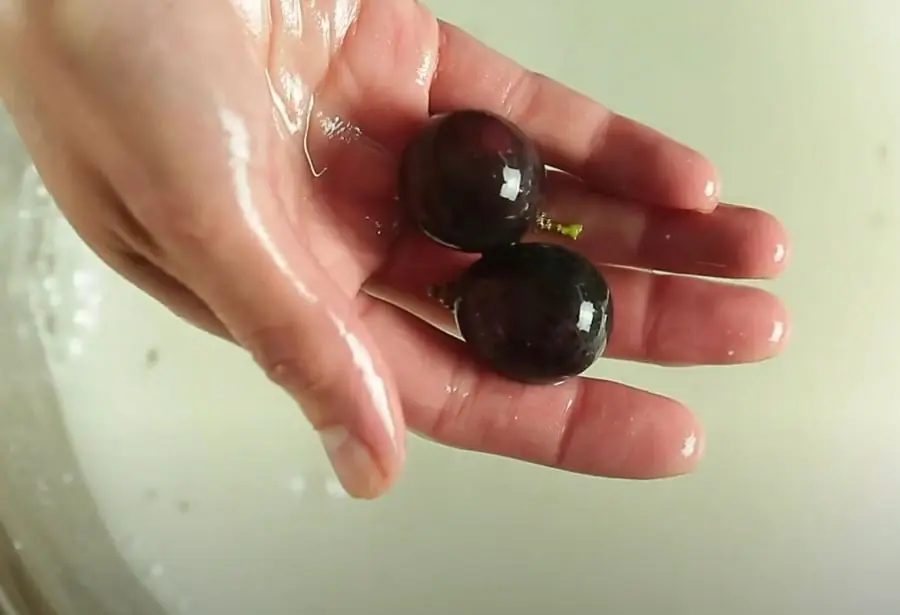
Don’t Eat Grapes Before You Know This Trick
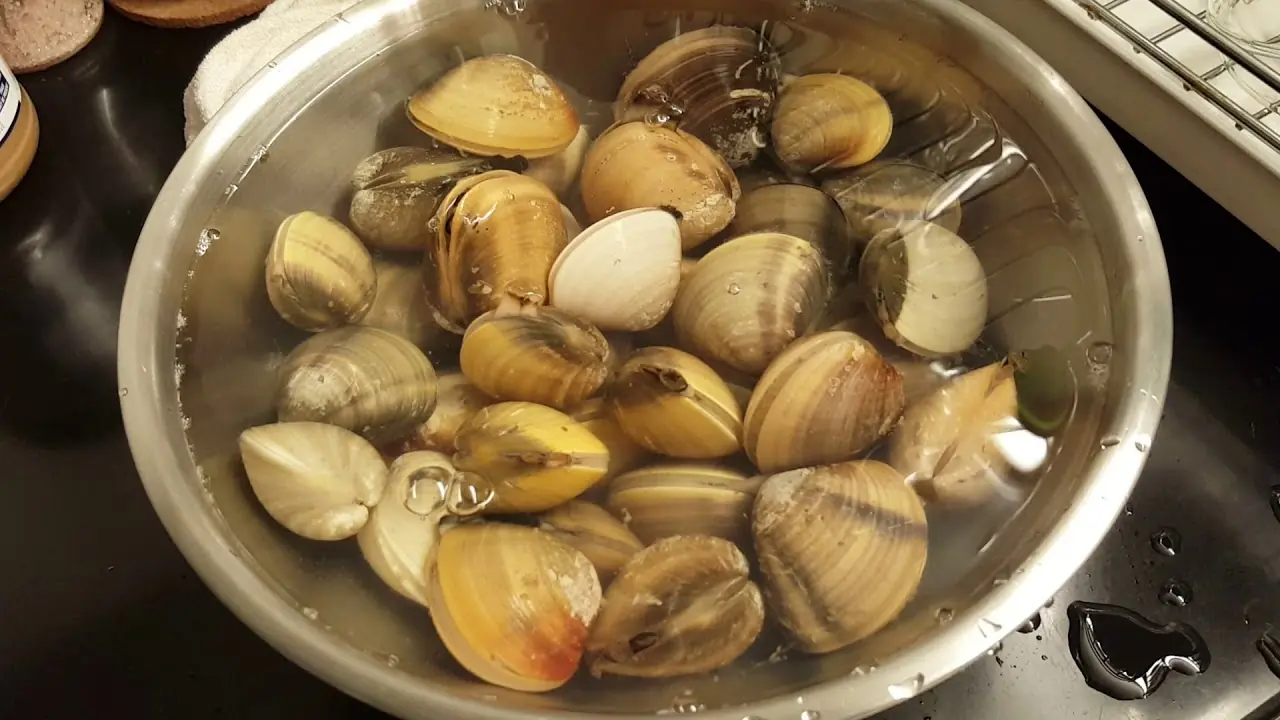
No Matter How You Wash Clams, There’s Still Grit Inside?
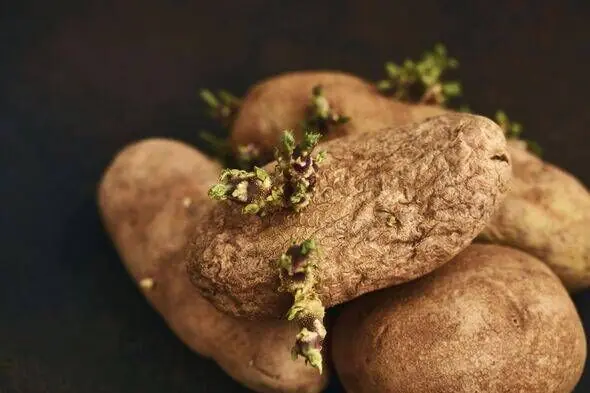
The Secret to Keeping Potatoes Fresh for 6 Months Thanks to a Surprising “Friend” in the Kitchen

Unusual moles might be more than just a skin quirk — they could be warning signs of cancer

Using the Air Conditioner and Fan at the Same Time? I Expected Higher Costs, but the Truth Surprised Me
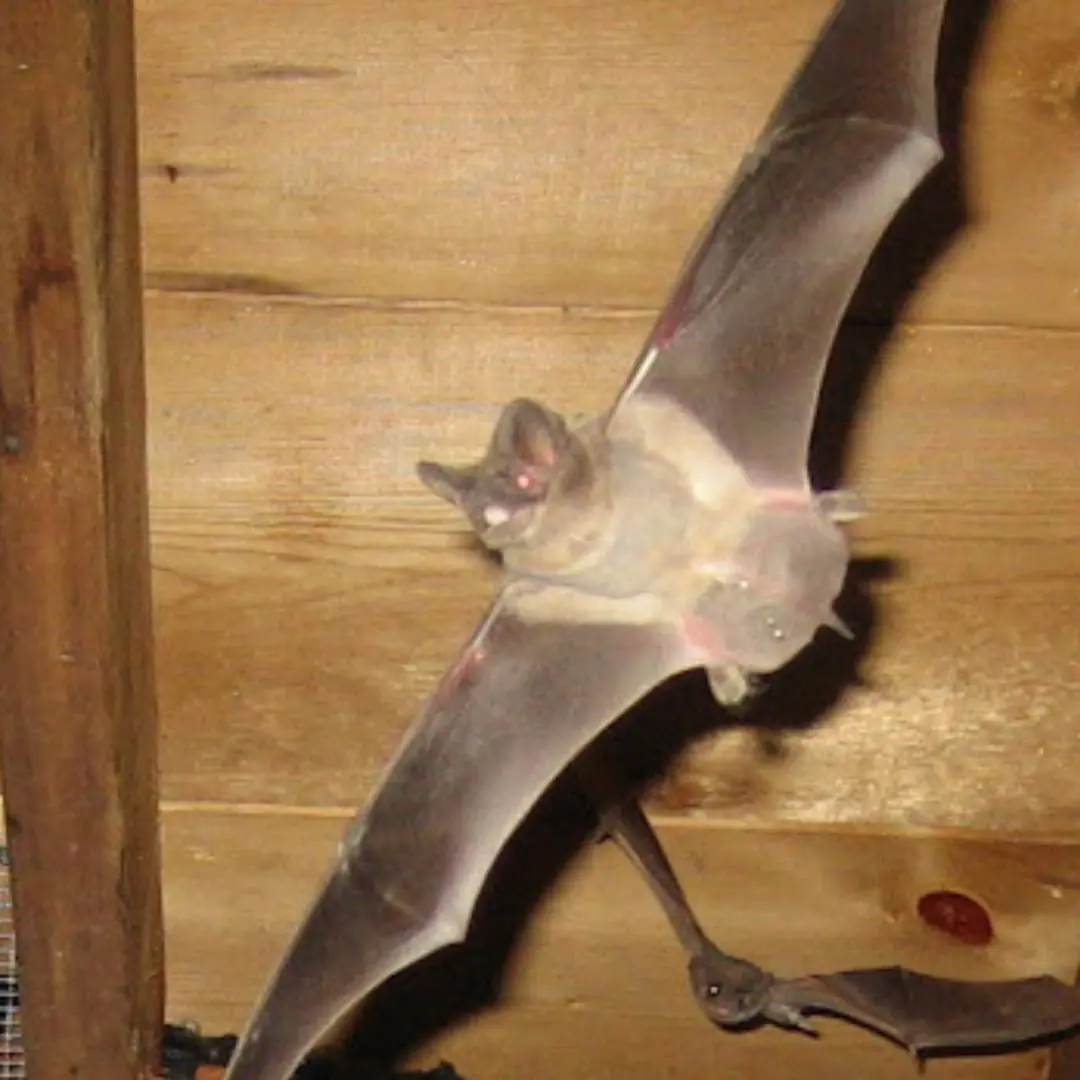
Don’t Panic! Follow These Steps If a Bat Gets Into Your House
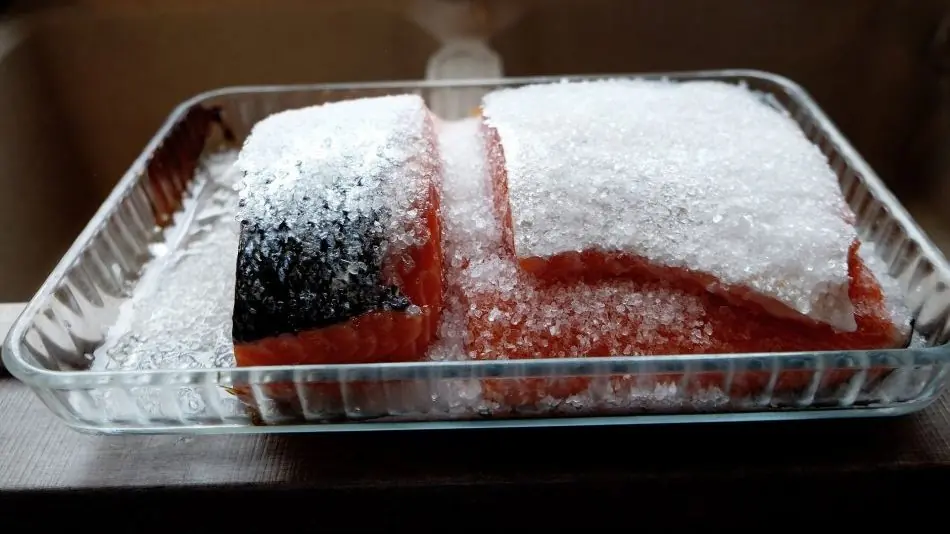
4 Dangerous Mistakes When Thawing Fish
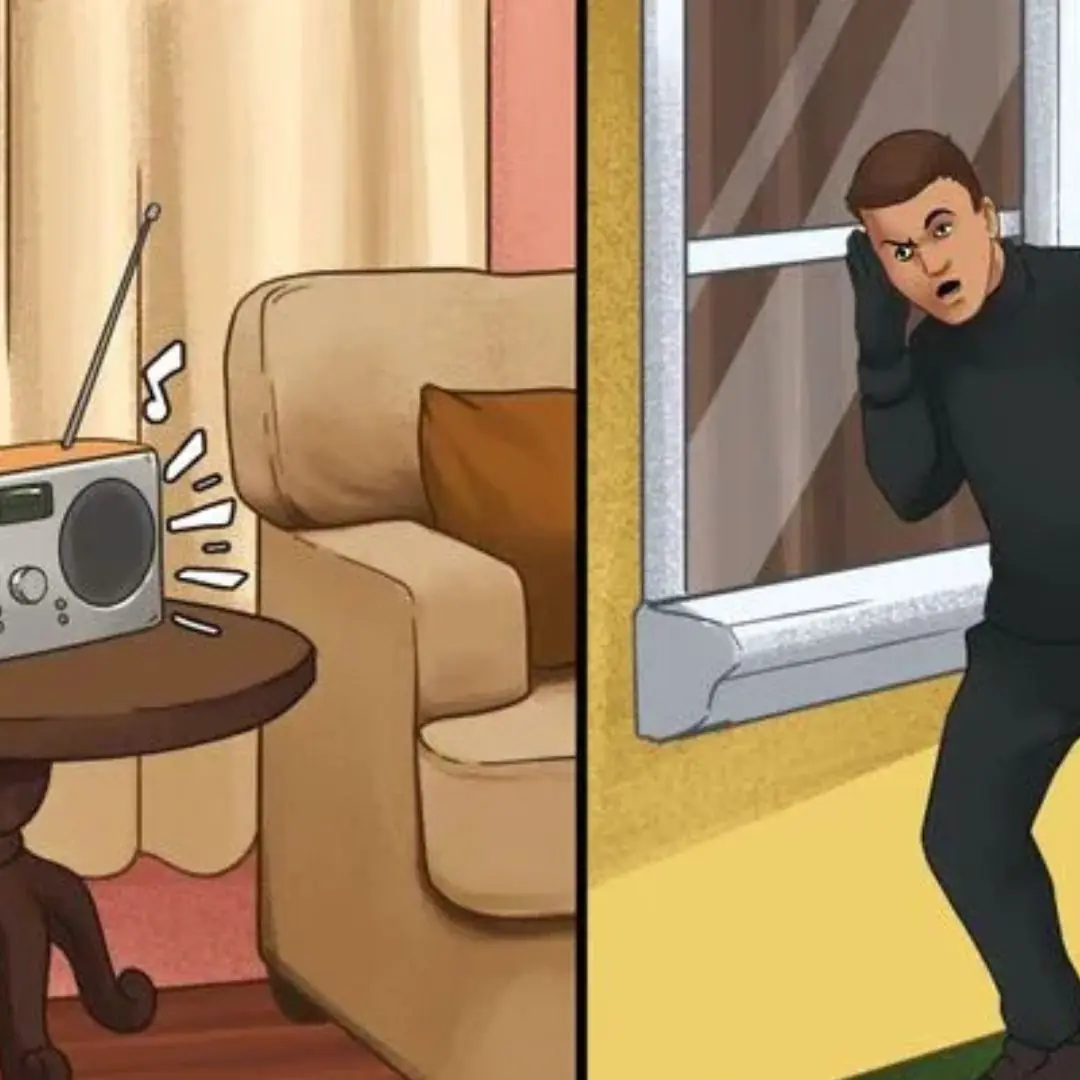
10 tips to keep thieves away from your home
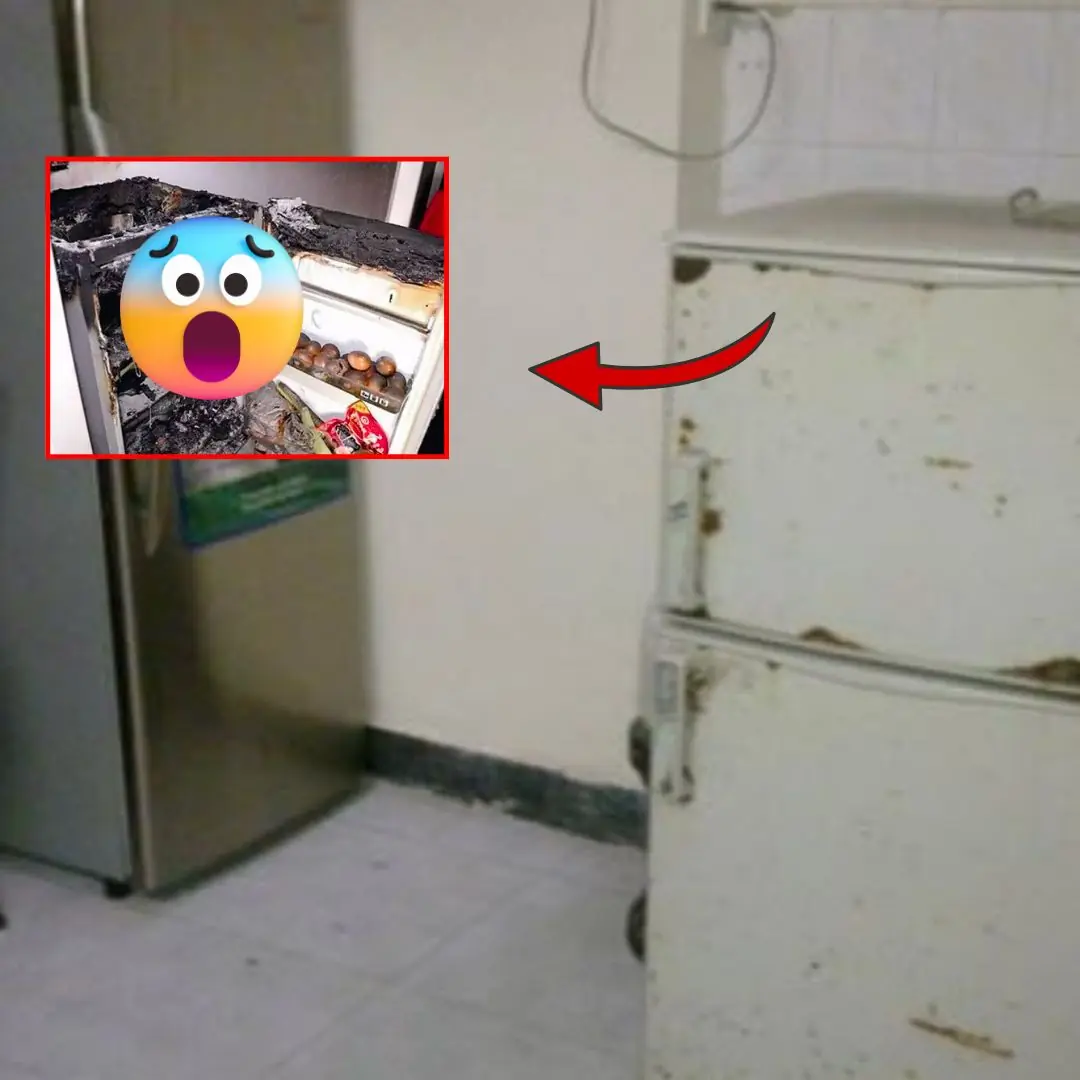
Mistake #5: Almost everyone makes it—but few actually notice
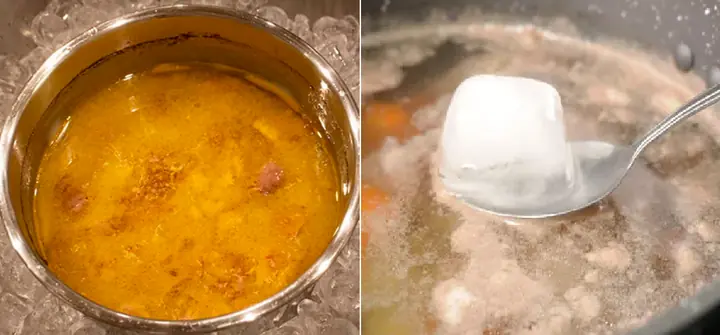
Tips to Skim Excess Fat from Greasy Soup
News Post

Just After Changing into My Wedding Dress, My Mother-in-Law Slipped Me a Bankbook and a Haunting Message
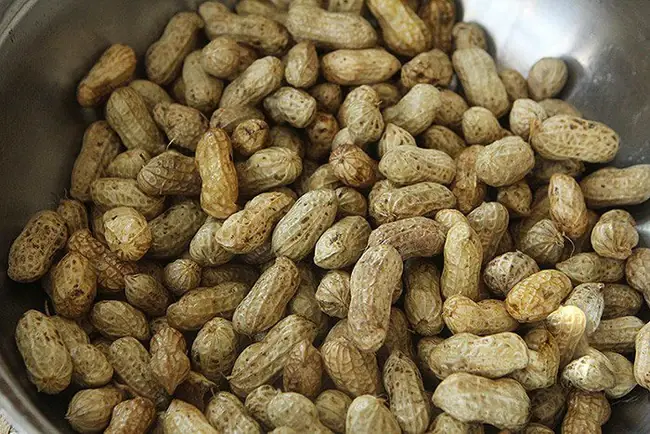
4 Surprising Changes Your Body Will Experience in Just Half a Year

Not milk or dried shrimp – this is the real “Calcium King” that many people overlook
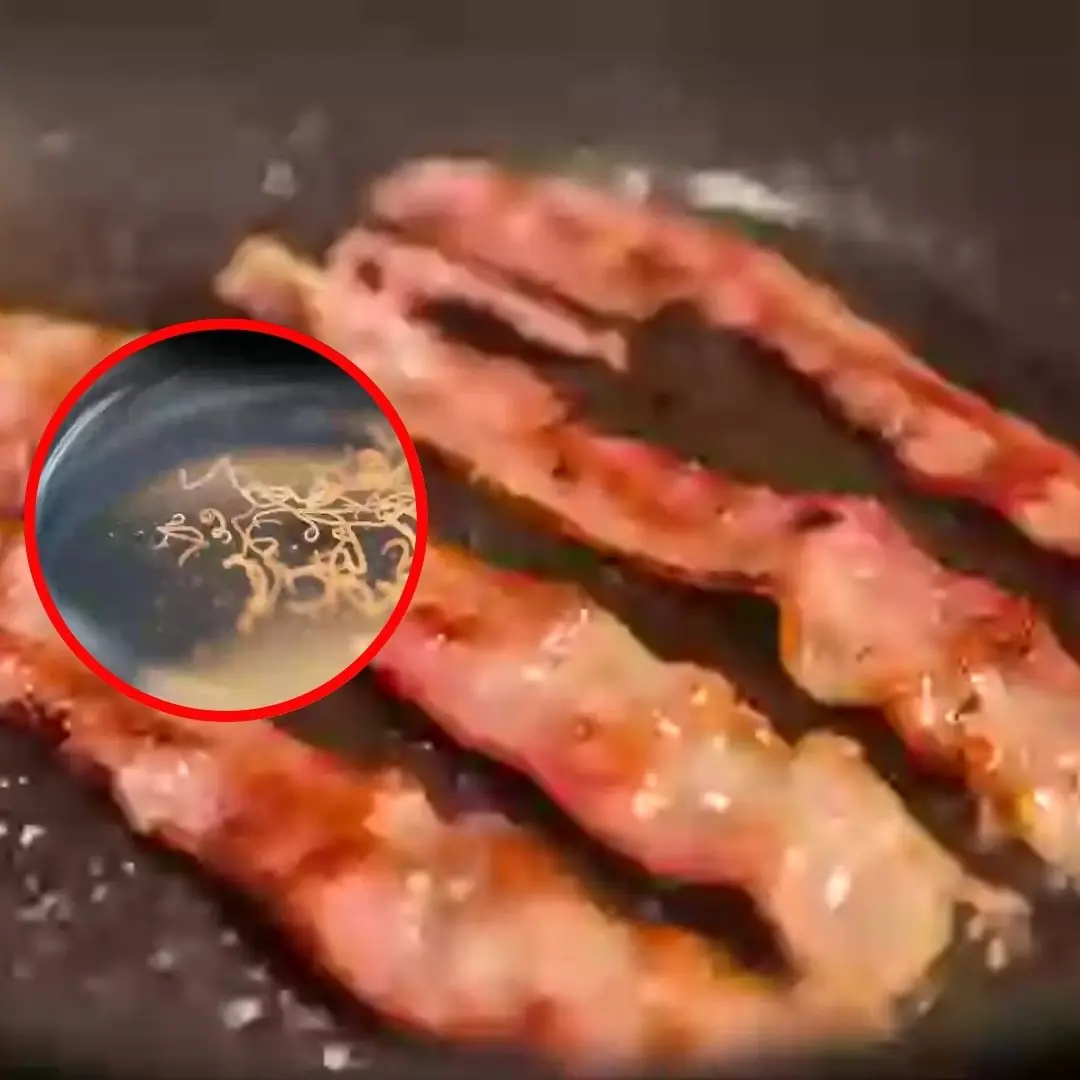
Man develops 'pork worms' in his br.ai.n after years doing this specific cooking habit

Diabetes can 'show' strange signs in the neck: If you see them, don't ignore them

3 Drinks Called the “Calcium Drainers” But Many People Still Love
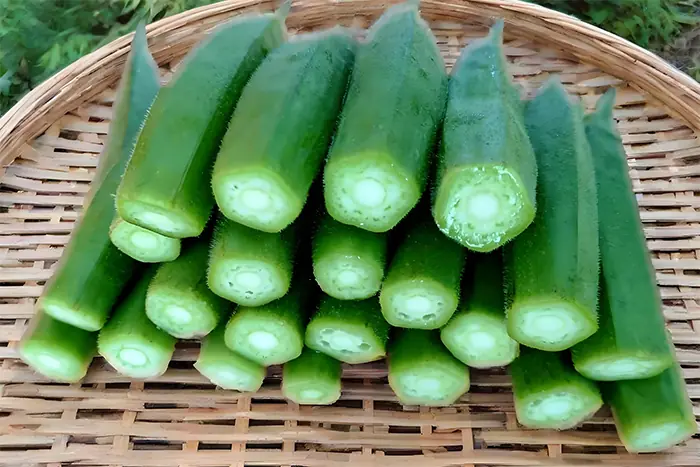
4 Surprisingly “Clean” Vegetables with Minimal Pesticides

3 Lucky Plants That Bring Prosperity and Wealth

6 Golden Habits to Help Seniors Reduce the Risk of Cerebral Infarction

One Part of Chicken Contains Four Times More Cholesterol Than Pork Fat

Sweet Potatoes Are Not Good for These 3 Groups of People

Just hang a handful of these leaves in front of your door - flies and mosquitoes will disappear

Want the Health Perks of Coffee? Here’s the Best Time to Drink It

Taylor Swift and Travis Kelce announce engagemen

Washing Machines Have a Special Mode That Dries Clothes Faster

Flight attendant explains why cabin crew members always sit on their hands during takeoff

6 things you should absolutely not do when you have neck and shoulder pain because they destroy bones and joints and are terrible for your stomach

8 types of plants that attract snakes into the house

Mixing fabric softener with salt: Great use to solve household problems
